The Halloween: Resurrection episode of WTF Happened to This Horror Movie? was Written by Eric Walkuski, Edited and Narrated by Tyler Nichols, Produced by Andrew Hatfield and John Fallon, and Executive Produced by Berge Garabedian.
You knew we’d have to tackle this one eventually, so let’s just hold hands and get through it together.
Halloween: Resurrection (watch it HERE). The two words combined are enough to send chills down the spines of even the most hardcore movie fans. It causes trick-r-treaters to cross to the other side of the street; it’s the movie your parents warned you about. It’s the movie where this happens. To watch it is to wonder how, as in, How did we get here? From the terrifyingly simple 1978 classic to this silly, slapdash goof. It has its defenders, I think, but most of us agree that it lives near the bottom of the barrel of the Halloween franchise – and maybe the horror genre itself. But we’re completists, and truth be told the hows and whys of Resurrection’s existence are much more interesting than the movie itself, so thanks in advance for logging into our chat room so we can all figure out WTF Happened to Halloween: Resurrection.
1998’s Halloween H20 was by and large a decent success for Dimension Films, not to mention a fitting conclusion to the saga of Laurie Strode and her evil brother Michael Myers. With a pretty definitive conclusion that saw the beheading of the masked antagonist, it looked as though we got that rare thing in the horror world: a satisfying conclusion to a franchise. But if we’re being honest, no one was naive enough to believe it would be the very end of The Shape, and thanks to the above-average box office haul for the modestly-budgeted film, a return from the grave was quickly brewing for Mr. Myers. Longtime producer Moustapha Akkad was never truly going to kill off his cash cow, and had even made sure they shot a scene during H20’s production that indicated Michael hadn’t actually died at the conclusion.
For her part, Jamie Lee Curtis was dismayed to learn another film was in the works and wanted no part of it, but eventually agreed to appear in it if she got killed off quickly in the first act. The producers’ initial idea was to have Laurie Strode commit suicide at the beginning of the film, but Curtis vetoed the idea immediately. In fact, it was allegedly her idea that the movie would open with Laurie in an asylum, and though the early scripts called for no more than a 30 second cameo from Curtis, she ended up shooting for four days on the picture before getting her death wish for Laurie.
But we’re getting a bit ahead of ourselves. After H20, Moustapha Akkad and his producer Paul Freeman were looking for ways to keep the franchise going. Intriguingly, the guys at Dimension Films pitched the idea of a Halloween movie that didn’t feature Michael Myers at all, ala Season of the Witch. Unsurprisingly, Akkad rejected that concept, as the notion of making Halloween an anthology series had long ago been seen as a mistake. H20 scribe Robert Zappia supposedly came up with a pitch that was rejected, while Halloween 6 writer Daniel Farrands had pitched an idea subtitled Lord of the Dead that would actually see Laurie revealed as the killer at the end. No dice on that one either.

The producers toyed with the idea of bringing back Josh Hartnett’s John Tate at one point, while also looking to bring back LL Cool J’s surviving security guard character, but neither panned out. There was evidently some talk of bringing back Halloween 4 and 5 star Danielle Harris, but obviously that never came to fruition either. Enter director-screenwriter Larry Brand, who shared an agent with producer Paul Freeman. Brand had impressed Akkad with a spec script of his, prompting the Halloween godfather to ask him for any potential ideas he might have in regards to resurrecting Michael Myers. Brand divulged a concept he’d come up with years earlier involving a killer stalking people in a house that has been rigged with cameras – sort of The Real World with a murderer. Akkad responded positively to the concept and subsequently pitched it to Dimension. Soon enough, Brand received the greenlight to write the film, which would now take place not in some random hideaway but the legendary Myers house. This new Halloween would go on to have several titles, such as Halloween: The Homecoming, H2K: Evil Never Dies, and believe it or not, Halloween: MichaelMyers.com. You have to love the early 2000s.
In any event, because the producers wanted to make it clear Myers was returning, ultimately the subtitle Resurrection was landed upon. It would open with the revelation that Myers had put his mask on a hapless paramedic at the last minute, an idea hatched by H20’s co-writer Kevin Williamson during the production of that film. After Michael successfully finds Laurie and dispatches her, he’s off to Haddonfield yet again to return home, only to find it’s now the scene of a reality show where contestants roam the hallways of his onetime abode. Of course, he has no choice but to dispatch the obnoxious participants of said reality show, making this the first time in the franchise the audience and Michael Myers are on the same page.
To direct the film, the producers went to TV director Whitney Ransick, who turned it down, as well as Halloween 4 helmer Dwight Little, who also rejected the offer. Ultimately, the decision was made to bring aboard Rick Rosenthal, who directed Halloween II some twenty years earlier. Incidentally, Rosenthal’s Halloween ties go deeper than that: he’s also the husband of actress Nancy Stephens, who portrayed Nurse Marion Chambers in Halloween, Halloween II, and Halloween H20, in which her character was finally killed off. Rosenthal hadn’t directed much horror since Part II – if you don’t count The Birds II that is – but he’d done plenty of television work throughout the years and could jump back into the series with ease. He would also insert himself into the proceedings with a cameo as a professor toward the beginning of the film.
Production commenced in May 2001 in Vancouver, where a convincing replica of the Myers house was built on a soundstage, with appropriate aging and distress over twenty years. Of course, when you watch the movie it seems like the interior of it belongs to a house about three times bigger than the exterior would suggest, but that’s a different story.
Who would be playing the victims of the Shape? As mentioned, the studio wanted to bring back LL Cool J since the general audience responded so well to him, but the rapper-turned-actor was too busy, or maybe just ready to move on. Sensing that the same quote-unquote urban audience that helped make H20 a hit would respond to another hip hop star in a leading role, the producers set about finding their next unconventional star. “Gangsta’s Paradise” singer Coolio was brought in to audition for the film, but ultimately, they settled on New York’s own Busta Rhymes, at the time one of hip hop’s most prolific entertainers. Helpfully, Busta also had some acting experience, having appeared in John Singleton’s Higher Learning and Shaft… Rhymes would end up improvising a great deal of his dialogue on set, bringing what you have to admit is an infectious energy to the character of Freddy.
The final girl character, Sara, was to be played by Australian actress Jacinda Barrett, who’d had a supporting role in Urban Legends: Final Cut. But before filming began, Barrett dropped out to join a television show, so the role went to Bianca Kajlich, who had already been cast as Sara’s perky best friend, Jen Danzig. After Kajlich pivoted to the lead role, actress Katee Sackhoff, who’d been cast as sultry Donna, was moved over to the Jen Danzig part. An interesting tidbit about Ms. Kajlich: she apparently cannot scream which is a fascinating phenomenon in its own right, but especially troublesome for the lead in a horror movie. Hence, all her screams had to be added in during post-production.
Playing Michael Myers this time was professional stuntman Brad Loree, taking over for Chris Durand who portrayed the Shape in H20. Loree was called by one of the people at Dimension asking if he’d be willing to try out for Michael Myers’ stunt double. Not being a big horror fan, Loree initially thought they meant the comedian Mike Myers, which he thought was rather odd. When it became obvious that it was the masked maniac, Loree auditioned for Rick Rosenthal and the film’s producers simply by walking in a straight line, mimicking the Shape’s infamous gait. Before he knew it, Loree was told he wasn’t just going to be a stunt guy but Michael Myers himself, and he’d have to go to L.A. to get a head-cast done for the mask.
Production in Vancouver lasted approximately five weeks, with another week of reshoots eventually added on. As is often the case, it was apparently not easy working with the Weinstein brothers on the show, as they’d constantly demand rewrites and reshoots on the film. A new ending was thought up seemingly every other day, and the production ended up shooting four different finales. Trying to make the best of it, Rosenthal thought they should release all four versions of the film theatrically, with the audience unaware which ending they’d be getting, but that idea was obviously not very practical.
One notable deleted scene involved the death of Tyra Banks’ character, Nora, who is Freddie’s right-hand woman. Nora’s death by strangulation was filmed but later cut from the final product because it was thought there should be a scene where a character you didn’t realize was dead is discovered by the hero. Still, publicity shots released before the movie clearly show Michael Myers ready to pounce Nora from behind.
Editing the film was a challenge in general. All of the cameras the actors are seen wearing were actually recording, and the post-production team found themselves with some 20-plus hours of video footage. Editing that and making it coalesce with the objective 35mm footage proved to be difficult. A 40-minute cut of exclusively webcam footage titled Halloween: Resurrection – WebCam Special can be viewed on the Blu-ray or on YouTube… And… honestly? As its own mini-found footage horror flick, it’s not bad. It certainly beats Resurrection in terms of effectiveness.

The film was originally meant to be released in September of 2001, but delays pushed that date back to April 2002. Thanks to reshoots, it was pushed back further, this time to July 12th, marking the first and only time a Halloween film would be released in July. The posters for the film prominently display a short-haired Jamie Lee Curtis, looking exactly like she did in H20 but a far cry from her appearance in Resurrection.
It was a busy weekend at the movies, with the second weekend of Men in Black II, and the openings of Road to Perdition and Reign of Fire all competing with Resurrection for filmgoers’ attention – and money. The movie got off to an adequate start, making $12 million opening weekend in just under 2,000 theaters, but the next weekend saw it drop over 55%, then another $51% the following weekend. All in all, it made $30 million at the domestic box office, a less impressive number than H20’s $52 million. Its budget was reportedly around $15 million, so the film likely eeked out a profit thanks to home video, but the damage to the good Myers name had been done in with one swift kick from Busta Rhymes.
Of course, there would be no sequel to Resurrection, it being the official end to that particular timeline in the Halloween franchise. Five years later, Michael would get a drastically different look thanks to Rob Zombie and his Halloween reboot, but that’s a topic for a different show.
In recent years, both Jamie Lee Curtis and John Carpenter have expressed, let’s say, distaste for how Resurrection turned out, with Curtis referring to it as a “joke.” For his part, Carpenter had this eloquent reaction to it, quote, “Oh my god. Oh lord, god. What the hell? I couldn’t believe it.” End quote… He speaks for plenty of us.
If nothing else, Halloween: Resurrection always gives us horror fans plenty to laugh about whenever spooky season comes around. Indeed, in its own way, it’s an unforgettable entry in the genre, so it will always have that going for it. And that’s about as much as we can say for it.
Also: Happy Halloween, motherf-ckers!
A couple of the previous episodes of WTF Happened to This Horror Movie? can be seen below. To see more, head over to our JoBlo Horror Originals YouTube channel – and subscribe while you’re there!






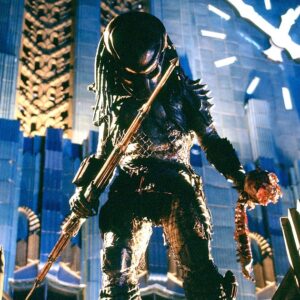

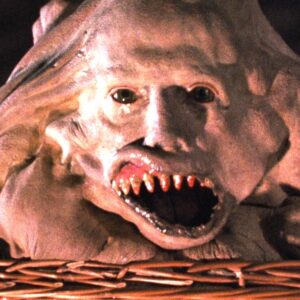


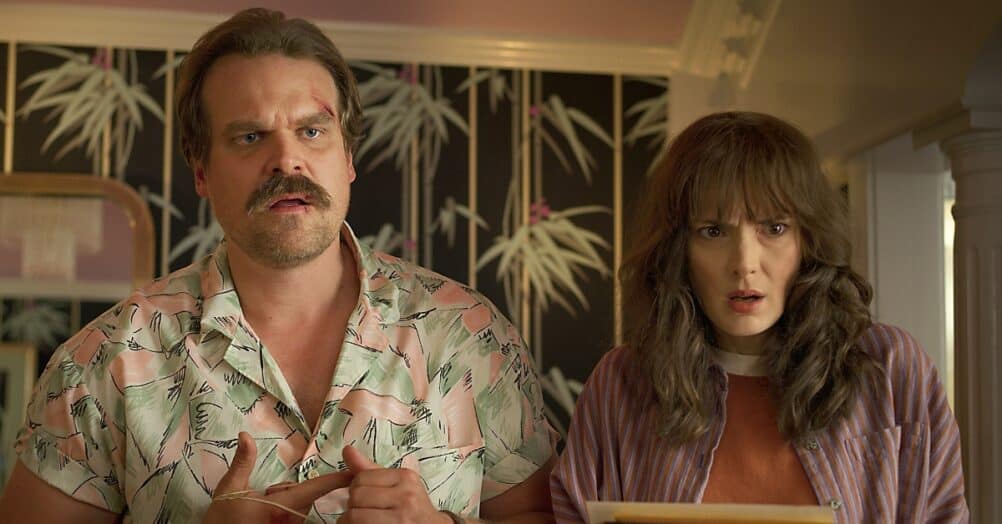

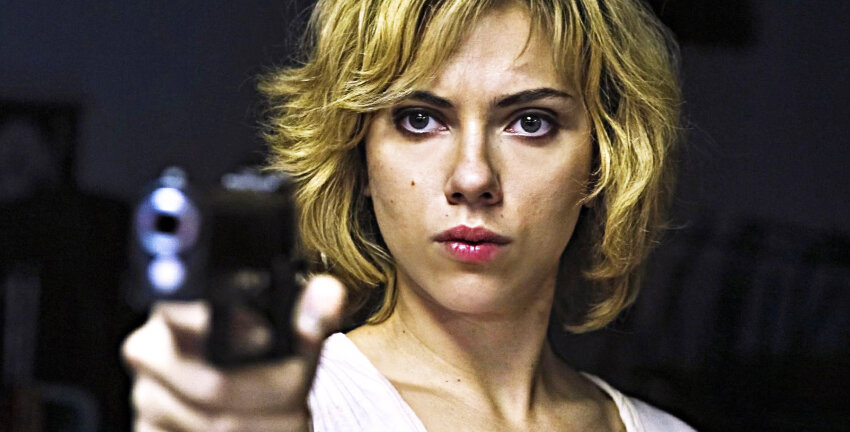




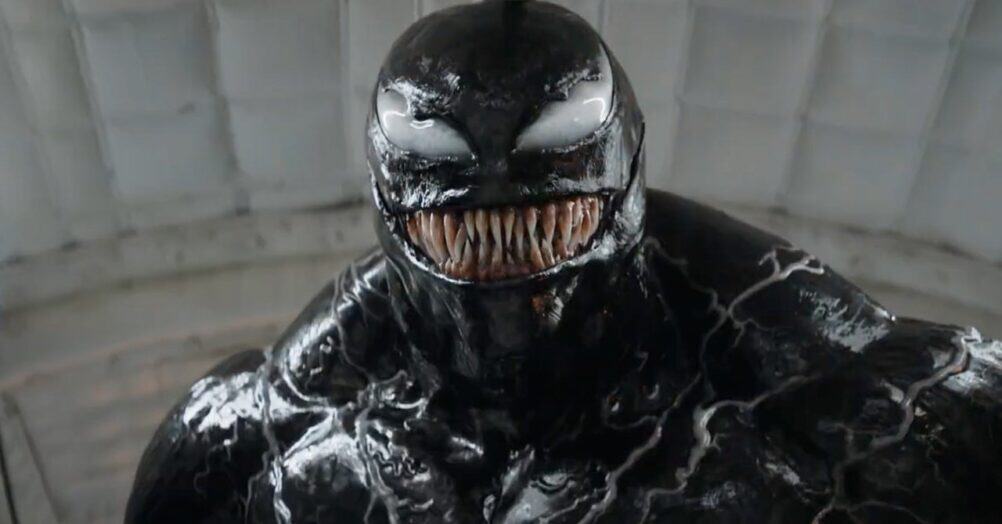

Follow the JOBLO MOVIE NETWORK
Follow us on YOUTUBE
Follow ARROW IN THE HEAD
Follow AITH on YOUTUBE